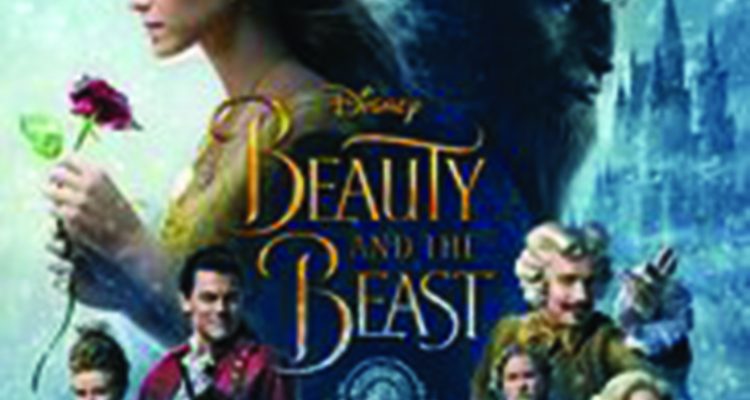The story of “Beauty and the Beast” is known for truly being a “tale as old as time.” The animated version made in 1991 remains one of the most popular Disney films, legendary for featuring both the first Disney Renaissance-era princess as well as some of the most popular Disney songs created. So, as the March 17 debut loomed closer and Disney announced that changes to this beloved film’s storyline and music were occurring, people became increasingly nervous.
One of the greatest concerns was the casting of Emma Watson as Belle. While known for being an impassioned feminist, an amazing actress and a brilliant role model, Watson is not known for her singing. Until Disney addressed the rumor, many people believed that Belle’s songs would be dubbed. Instead, Watson took singing lessons and while her voice is at times dwarfed in comparison to several of her castmates, she is by no means a bad singer. Further, any perceived flaws in her voice are more than made up for with her flawless acting and the passion for her role that is evident in every scene.
The music for the film was composed by Alan Menken, who built off of the original music to create several new scores including the powerful “Evermore.” The song is sung by the Beast (Dan Stevens) as Belle flees from his palace to rescue her ailing father and it shows how drastically Belle has changed the Beast in a way that was not made so apparent in the 1991 film. Another new song is “Days in the Sun,” during which greater depth is given to many of the original film’s most beloved characters as well as to the newest character, Cadenza the piano (Stanley Tucci). Cadenza is married to Belle’s wardrobe, Madam Garderobe (Audra McDonald), and as they are both too large to maneuver the stairs, they are unable to see each other while transformed. While Cadenza’s role does add an additional plot point to the film, his role seems to only detract from the roles of Lumiere (Ewan McGregor) and Madam Garderobe’s original partner, Cogsworth (Ian McKellen).
Despite this diminishing of Cogsworth and Lumiere’s roles, other beloved characters were much more deeply developed in this adaption. The storyline drew heavily from the 1991 film, but was also inspired by sources such as Gabrielle-Suzanne Barbot de Villeneuve’s original 1740 tale. One change taken from these old tales was the Beast’s reason for entrapping Maurice (Kevin Kline). Instead of throwing Maurice into a prison for taking refuge from the wolves, the Beast imprisons him for stealing the rose, the Beast’s reasoning being that he had been “forever damned” just for refusing a rose. Another work the film clearly drew upon for inspiration was Serena Valentino’s Disney book “Beast,” which was published in 2014.
This new storyline better showcases Belle’s strength and character development through increased historical accuracy. In the 1991 film, Belle was looked upon as strange for choosing to read instead of concentrating on trying to find a husband. This film reveals that, in 18th century France when the story takes place, men in “small provincial towns” of France were largely illiterate and a woman reading was viewed not just as unusual, but as repulsive and unnatural. Rather than having all of the characters fitted into costumes that fit the Western idea of what fairytale characters should wear, the costume and makeup departments chose to clad the Beast and the gentlemen of his court in powdered white wigs, pointed period French shoes and covered their faces in elaborate, heavy makeup.
Changes were made, ground was broken and no viewer will agree with every decision made, but the film was excellent and is highly recommended. The music is beautiful and the newly developed songs rival those from the original in their power, the costuming is exquisite and historically accurate and the amount of detail and additions interwoven into the storyline put many of the complaints and questions viewers of the 1991 film had at a rest. The film includes something for every audience member, no matter their age or if they are veterans or newcomers to the tale of “Beauty and the Beast.”


Leave a Reply